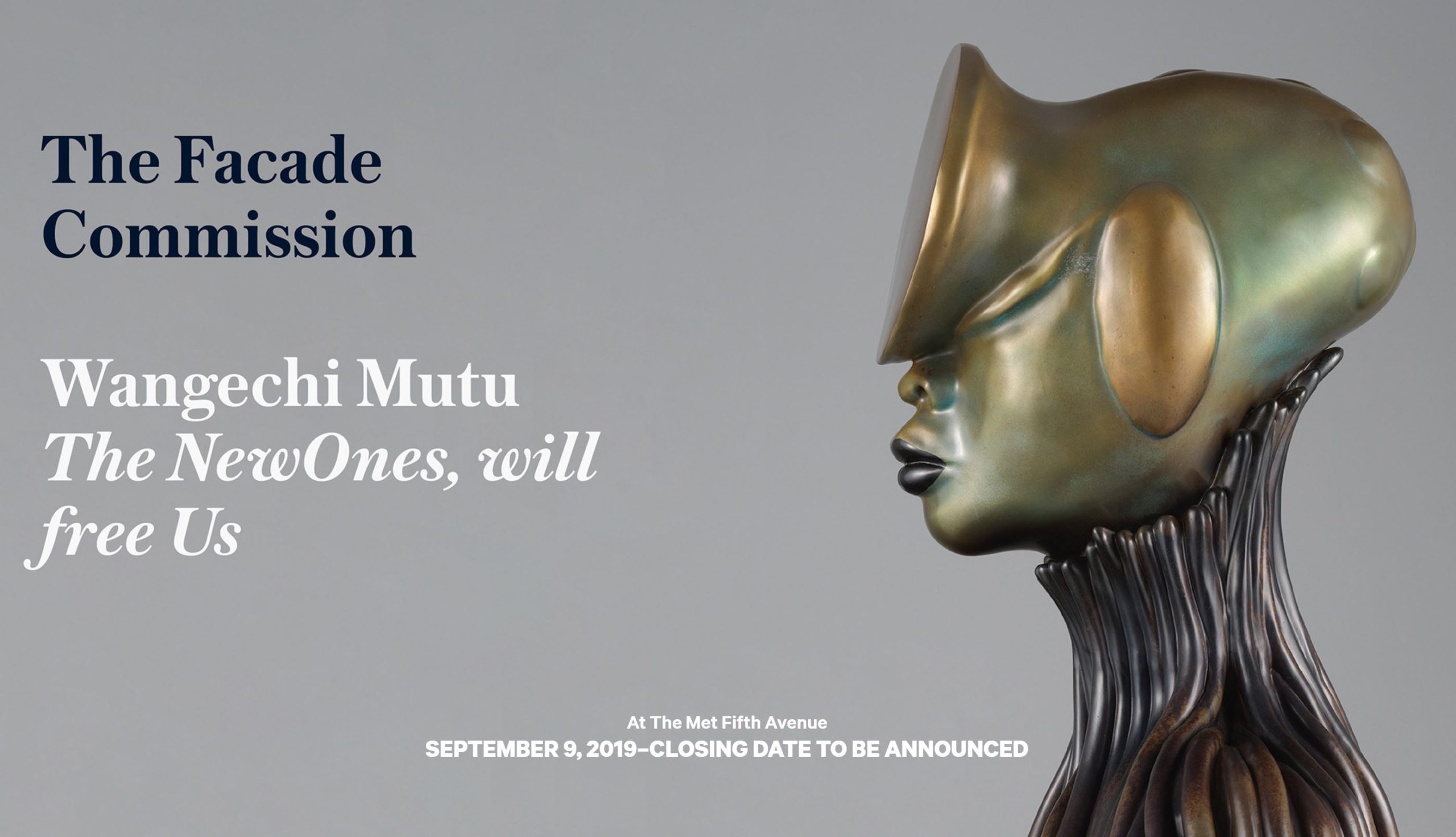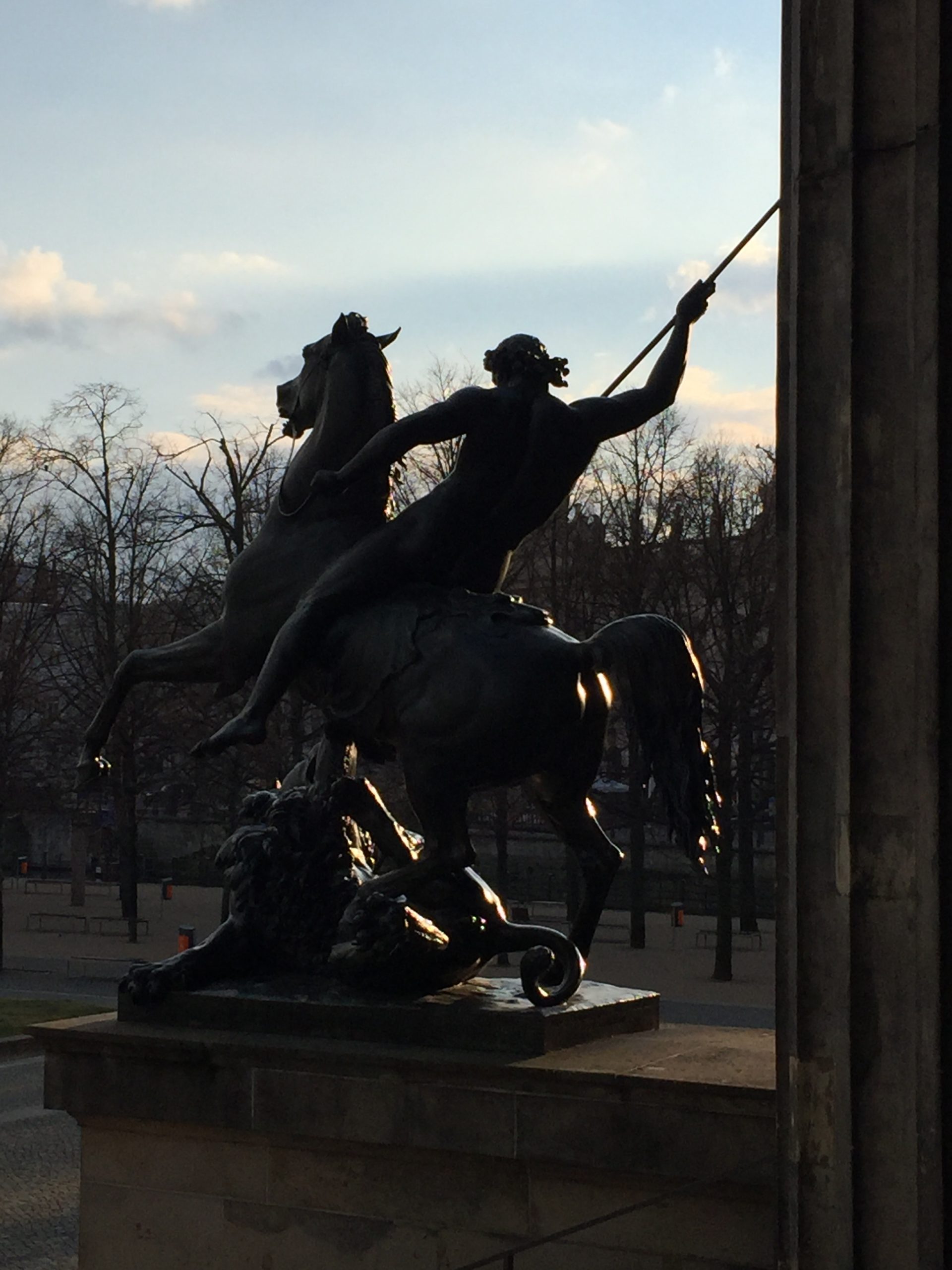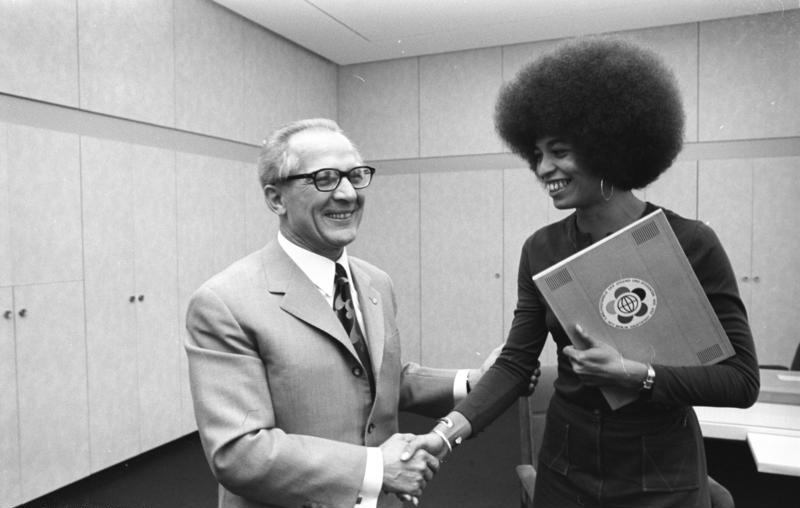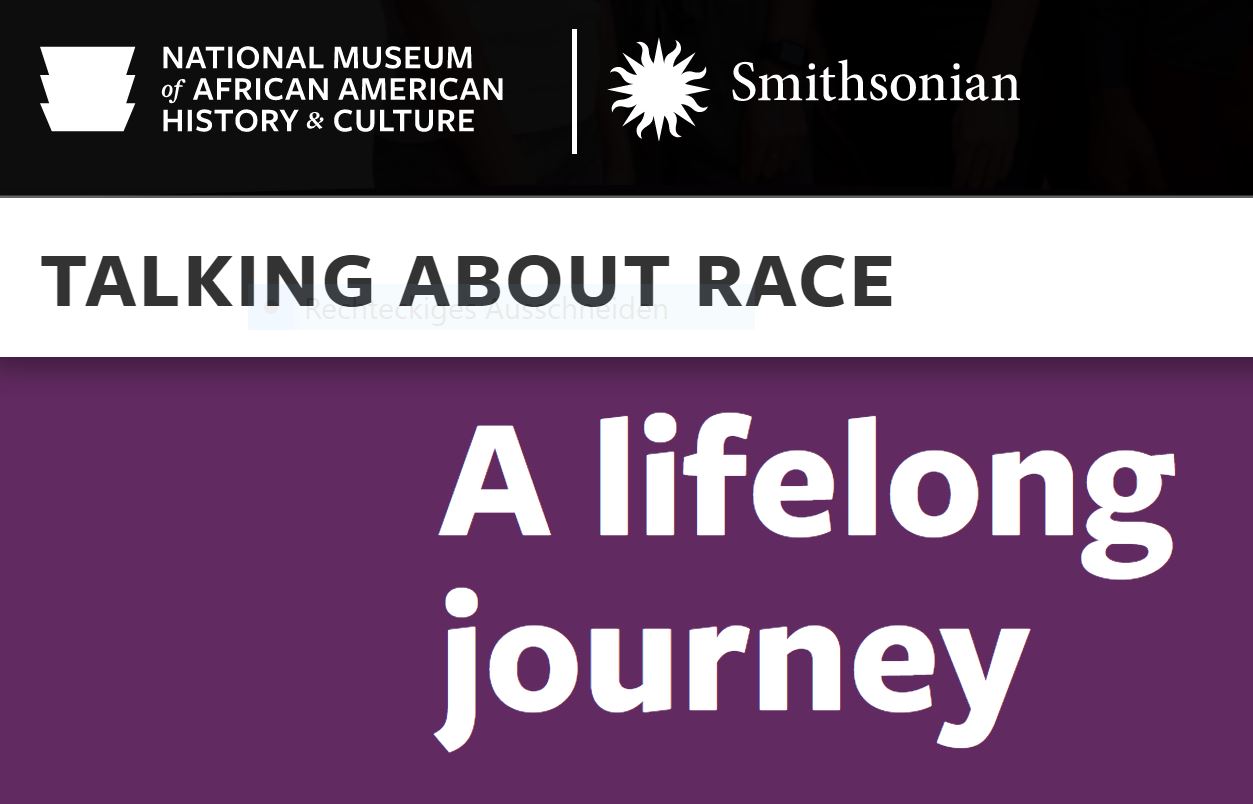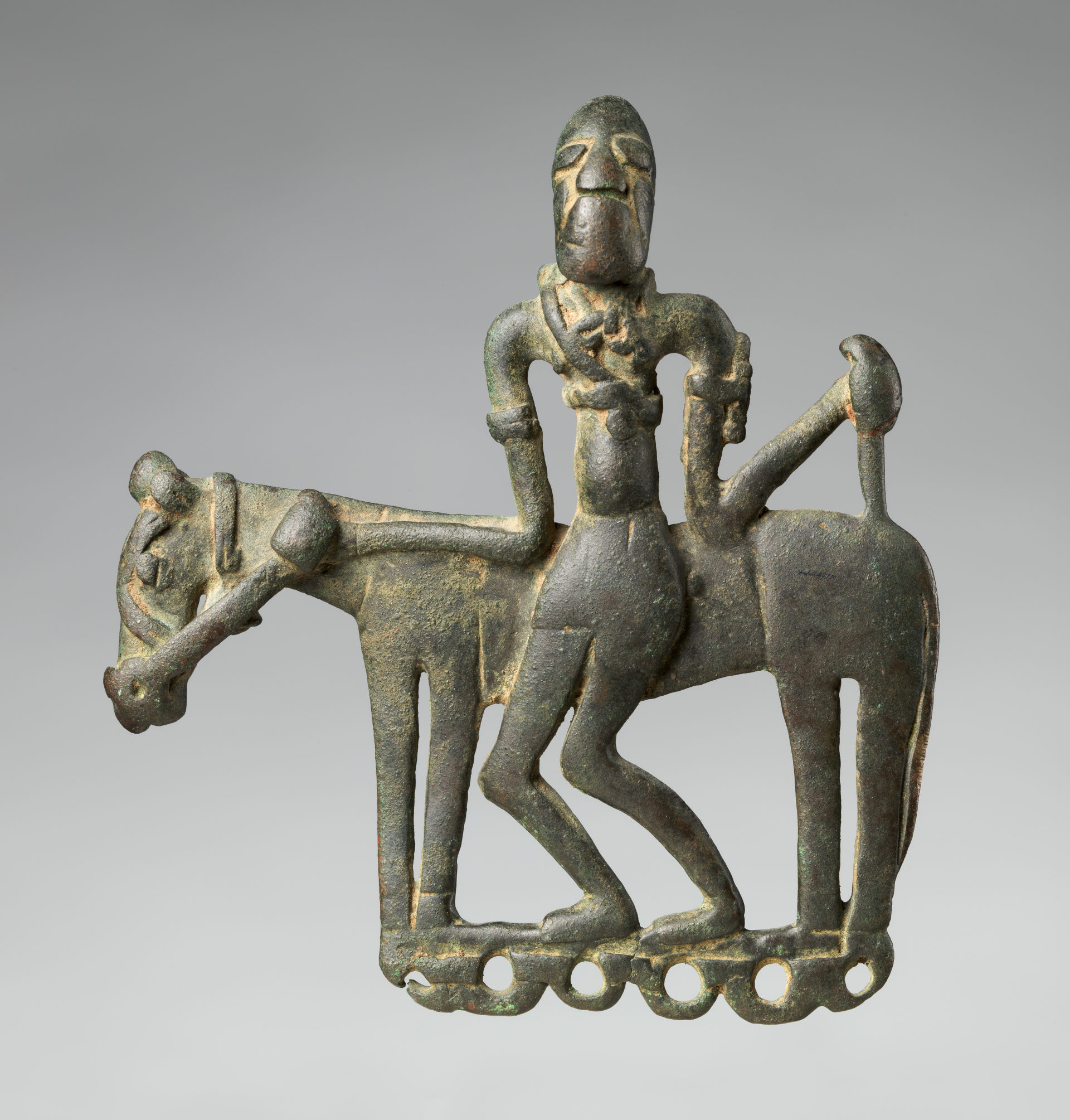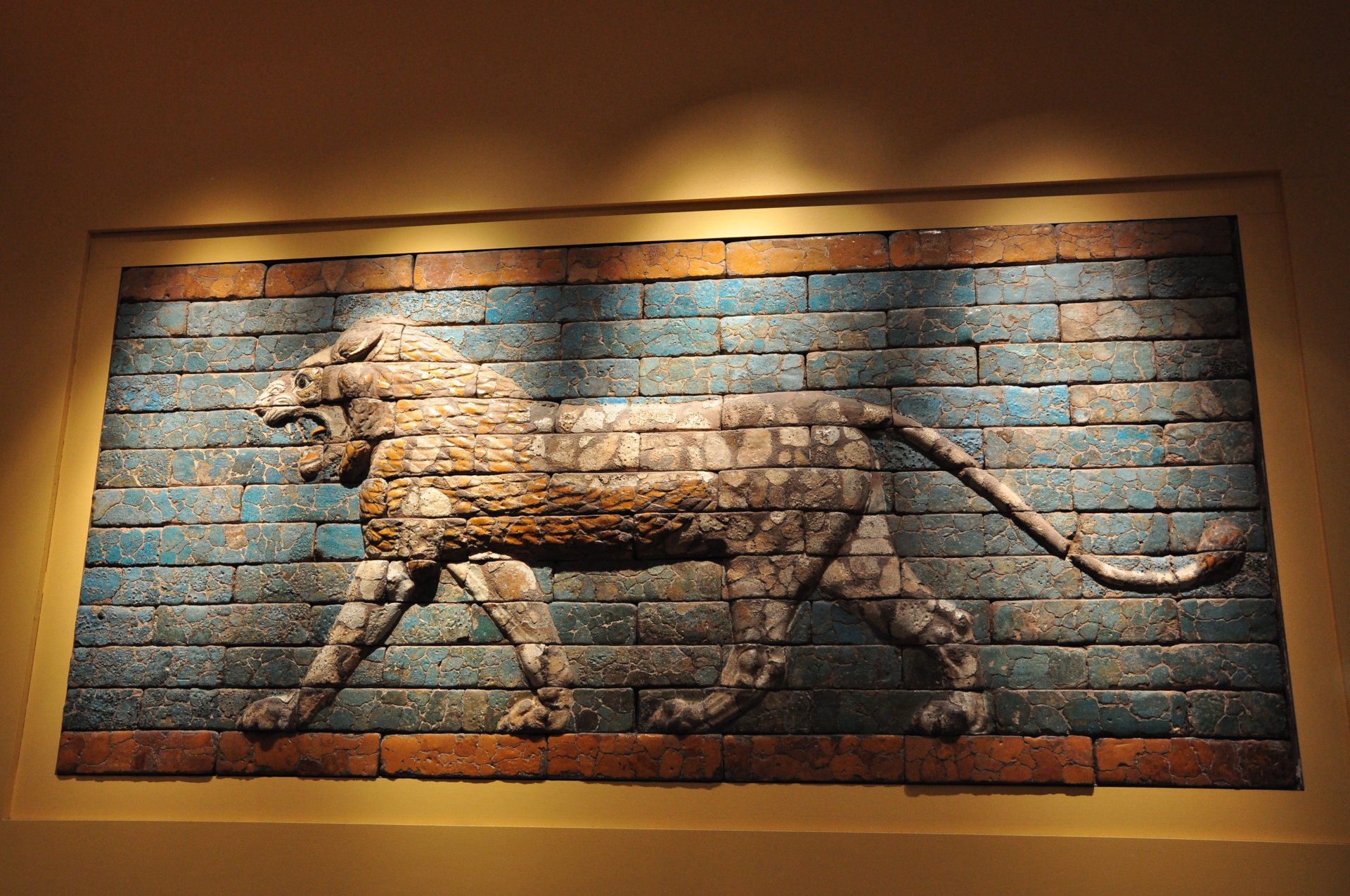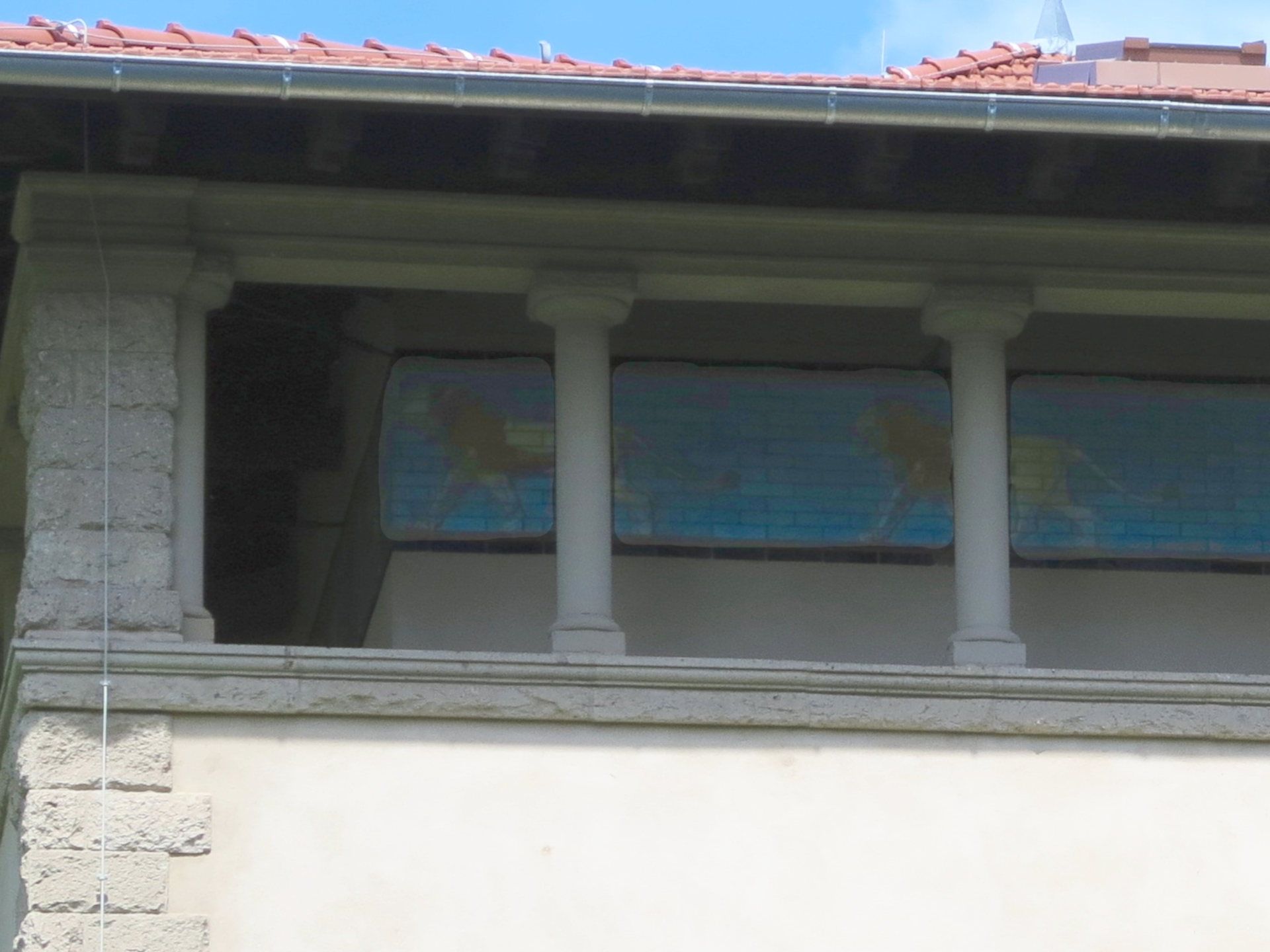Roosevelt, The NewOnes, and other Statues fronting Museums
With numerous commemorative statues being toppled these days, those in front of museums have become a focus like never before. The American Museum of Natural History decided to remove the statue of Theodore Roosevelt from in front of the building because of protests (ongoing for years) about the way it depicts two figures, an African man and a Native man, behind the president. The museum had already created an exhibition about the statue and its controversy but decided to move it just last week, in light of the most recent protests.
Meantime, The Metropolitan Museum decided in the fall of 2019 to erect statues in the niches of the Fifth Avenue building’s facade – which had stood empty since construction ended in 1902. Obviously (or is it obvious?), the commission had to be contemporary in avoiding traditional hierarchies and histories, presenting instead a worldly vision befitting a cultural institution in the 21st century. Kenyan-American artist Wangechi Mutu met the challenge with grace and strength. She created four magnificent bronze statues whose monumentality suits the facade, but whose very modern forms ask us to think about what we expect from monumental statues. This is a brilliant way for a museum to engage with ongoing discussions in a constructive way.
Both the destructive and constructive acts around statues – in front of museums, inside museums, and unrelated to museums – prompt us to reflect on the place of commemorative statues in our societies today. Do historical figures serve a purpose in this memorialized context? Do personifications or symbolic figures? (Like the Lion Fighter in front of Berlin’s Altes Museum, shown at right.) Artworks have a powerful effect on their human “interactors,” as current events attest. Museums are far from neutral spaces; to the contrary, they make decisions about what to display and how to display it. The statues in front of them are just the tip of the iceberg.
UPDATED! How Museums Are Fighting Racism
UPDATE June 29, 2020: The original post from June 17, 2020 has been updated to reflect new and newfound resources on the topic, which have been added at the bottom.
Museums are responding to the #BlackLivesMatter movement, offering new materials to teach and promote anti-racism. Of course, it is also important to consider how much museums do – not just the resources they offer – to combat racism, such as offering paid internships so that not only financially well-off people can afford them. But making learning resources publically available is another huge and necessary step, central to the museum’s mission as a public institution, which is worth taking a look at. Here are a few case studies that I find particularly heartening.
The National Museum of African American History and Culture set up an entire portal called “Talking About Race” with a wonderfully accessible set of materials (press release here). This portal was already in the works but the publishing date was moved up in light of current events. Here you can explore themes, or select your motivation for visiting the site – I’m a parent / I want to be an advocate / I’m a teacher. There is a beautiful mixture of texts from the historical to the poetic to the pedagogical, alongside videos and photos; it really encourages you to dive in, whatever your favorite mode of engaging is.
The Metropolitan Museum addresses racism in its offerings in other ways. It has posted a letter from the leadership on its homepage, but perhaps more accessible and interesting to most visitors are the other resources. Such as an interview with two Senegalese fellows who worked on the exhibition Sahel: Art and Empire on the Shores of the Sahara, which opened before the pandemic closures. In this way, the museum is not announcing an anti-racist agenda in so many words, but is supporting one through the exhibition and, most of all, through the collaboration with Senegalese specialists.
Another tack is taken by the British Museum, which invited former trustee Bonnie Greer to write about trauma and reclamation on the museum blog. The playwright’s words are powerful and personal. Of museums in particular she writes: “Museums hold arcs. They hold them in the people who work there, in the objects, in the scholarship, and in the building itself. / Reclamation becomes an arc in which truth can be discovered. And perhaps, if we are all lucky, trauma healed.” She envisions museums as containing arcs, precious containers of truth or scripture – but these themselves are inside the people, objects, and research, as well as the building. You might be able to say this about other buildings too, but I think that museums are especially suited to this idea because of their mission of teaching.
The Albertinum in Dresden has organized an exhibition with the title One Million Roses for Angela Davis, dedicatd to the black rights activist’s time in East Germany. Due to open in October, this exhibition is a strong statement against the continuing racism in the region around Dresden. In this way it resembles the fantastic 2018 exhibition in Dresden’s Hygiene Museum, Racism. The Invention of Human Races – one of the best exhibitions I’ve seen, not least for its powerful intervention in a region that sorely needs it.
Further initiatives have come to my attention since the original post on June 19, 2020:
- A museum of contemporary art in Rotterdam, Netherlands has decided to choose a new name in order to distance itself from the colonial figure in its current name, The Witte de With Center for Contemporary Art. Although the museum’s name comes from the name of the street that it is on, Witte de Withstraat (straat=street), the museum recognized in 2017 during a program on decolonization that its name should be changed. Recent events have now prompted faster action, such that the museum will change the name this year and in the meantime is calling itself the “Formerly Known as Witte de With Center for Contemporary Art.” The public is encouraged to weigh in at the online forum and survey!
- A virtual exhibition in honor of George Floyd has been created by Karim Farishta and turned into a full-fledged virtual space that even schools are now showing interest in using. Under the hashtag #ArtforJustic, Farishta solicited artworks that now are displayed in the exhibition. You can visit it here.
Do you know of other museums rethinking their materials and structures to keep pace with the current changes? Let us know in the comments below – we’d love to hear from you!
When Will Museums Reopen?
As institutions of all sorts start to reopen after the recent coronavirus pandemic wave, Museum Lovers want to know: when will the museums reopen? This varies from country to country due to differing health and safety measures, but we can at least get an overview of some of the biggest museums around the world.
In Berlin, most museums have already reopened with special provisions for social distancing and mandatory masks. Yippee! As it happens, the tourist-magnet Neues Museum reopened today! To prepare for your visit, why not watch the museums.love video on the Nefertiti bust?
A comprehensive list of reopened Berlin museums can be found at MuseumsPortal. The major ones we are still waiting on are the Museum of Photography (June 25) and the Museum of European Cultures (June 27). The big museums I am still wondering about, however, are the Bode Museum and the historical Pergamon Museum with the Ishtar Gate – which remain forlornly dark, and have not been explicitly named in any official statement about reopening, staying closed, or any other option. The best alternative for now is definitely our video on the Ishtar Gate. 😉
One museum, the Palais Populaire, has taken the opportunity to make admission free (!) and to extend its opening hours until 9pm – hats off to you! What a visitor-friendly move from a Berlin museum!


In New York City, major museums have not only not reopened, but have not announced any firm plans to do so. The Metropolitan Museum has announced that it may reopen in mid-August at the earliest. The director of MoMA has speculated on a reopening between July and September.
Some other museums in the rest of the USA, including in Houston, Miami, and Cleveland, can be found in this article at the New York Times and this one at The Architect’s Newspaper. Here there is no overall trend, as each state and even each individual institution is handling the situation differently. In California, museums identified as “outdoor” are reopening – such as Huntington Gardens – while others have no prospects at the moment. The Getty Museum and Getty Villa have suspended programming until at least September, and LACMA until 2021 – and neither has mentioned opening doors to visitors before then.
How about our island friends? The Tate’s director is aiming for a reopening in early August, and said that other big museums – hopefully the British Museum?? – are working on a plan for a staggered opening later this summer. Information particularly about smaller museums is not yet publicly available.


Museums in China had reopened as early as May 1, but with the recent new outbreak of coronavirus, some have closed again. These include Minsheng Art Museum Beijing and Beijing’s new X Museum. But the National Museum of China and the Palace Museum remain open.
Good news for visitors to Paris: the Louvre will reopen on July 6! Be aware of the precautionary measures before you go. The Musée Marmotan has reopened. The Musée de l’Orangerie will open on June 22, and the Musée d’Orsay on June 23. On June 25 the Eiffel Tower opens again, mais oui! – but only the lower two viewing platforms, and only via stairs not elevator. The Pompidou Center reopens on July 1. See the list with more museums and opening dates here.

Some great national museums elsewhere in Europe are also open again. In Greece, the Acropolis Museum opened this week for visitors. The Rijksmuseum in Amsterdam is also welcoming visitors back. In Rome, the Vatican Museums have already reopened, as have Palazzo Altemps and Palazzo Massimo (2 days ago); on June 27 the Baths of Diocletian reopen.
New Video! Top 5 Facts about the Ishtar Gate in Berlin
In our latest video (link), we take a look at the famous Ishtar Gate from the ancient city of Babylon (now called Babel, in the heart of Iraq). Today the Ishtar Gate is housed in Berlin’s Pergamon Museum because it was excavated by German archaeologists at the start of the twentieth century (like Nefertiti – see our video about that history!). Back then, the archaeological site of Babylon lay in the Ottoman Empire. The Ottomans and Germans worked out numerous deals by which German researchers excavated huge monuments on Ottoman territory and brought home a portion of what they found; the same goes for the Pergamon Altar in Asia Minor, which was also under Ottoman rule.
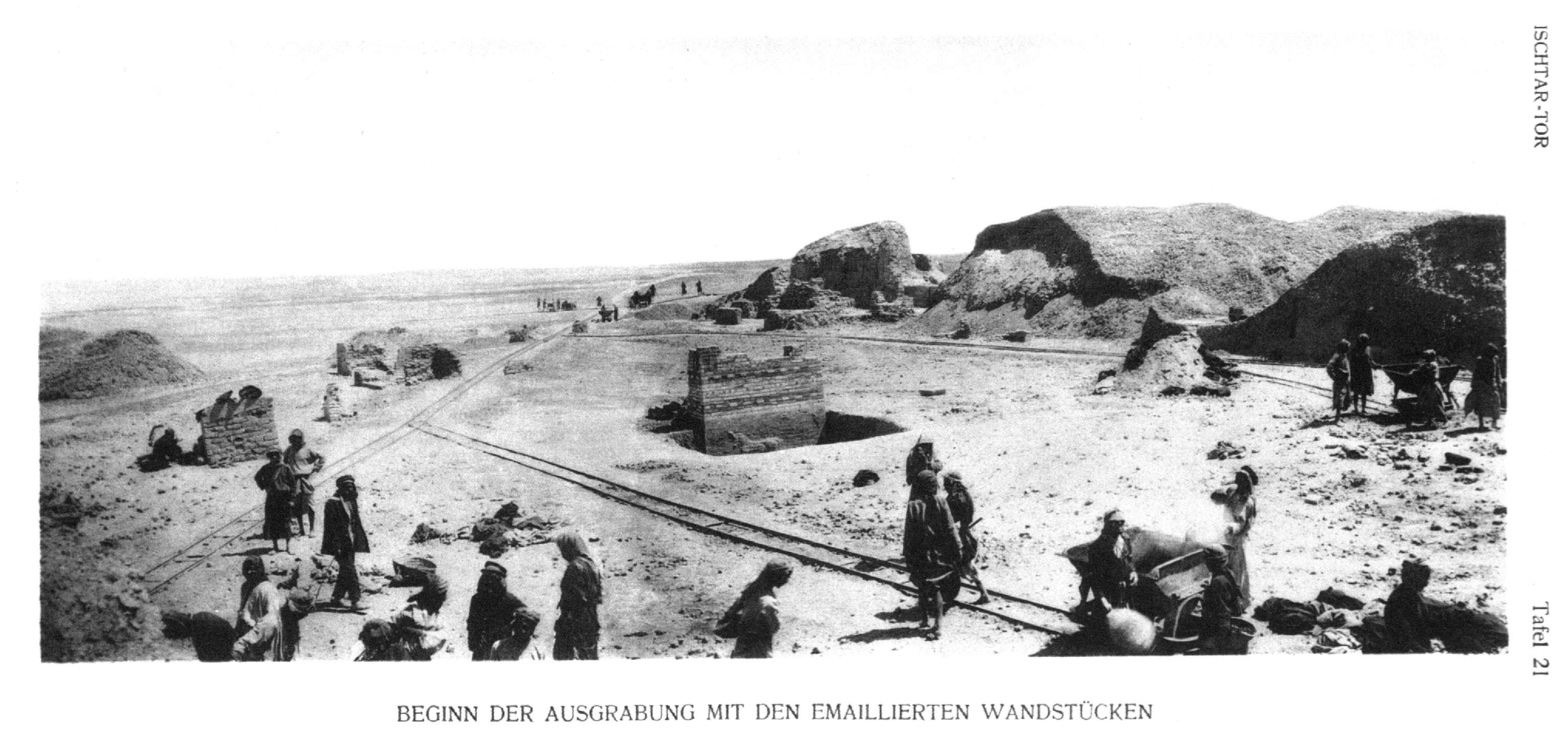
Now pieces of the Gate are distributed among numerous museums, including the Louvre, the Istanbul Archaeology Museum, and the Museum of Fine Arts in Boston (photo).
Not many people know that the Ishtar Gate exists in two other locations in Berlin – in a way. One of these is a villa in the green outskirts of Berlin, in Babelsberg. The Villa Sarre was owned by the director of Berlin’s Islamic Museum in the 1920s, Friedrich Sarre. Sarre retired in 1931, the year after the Ishtar Gate reconstruction in the Pergamon Museum was opened to the public. Apparently Sarre was so taken with the piece that he commissioned a copy of the striding lions from the Processional Way leading up to the Gate – and placed them along his veranda!
You can find shades of the Ishtar Gate at yet another, unexpected place in Berlin… Can you guess where? The answer is on our Instagram channel!
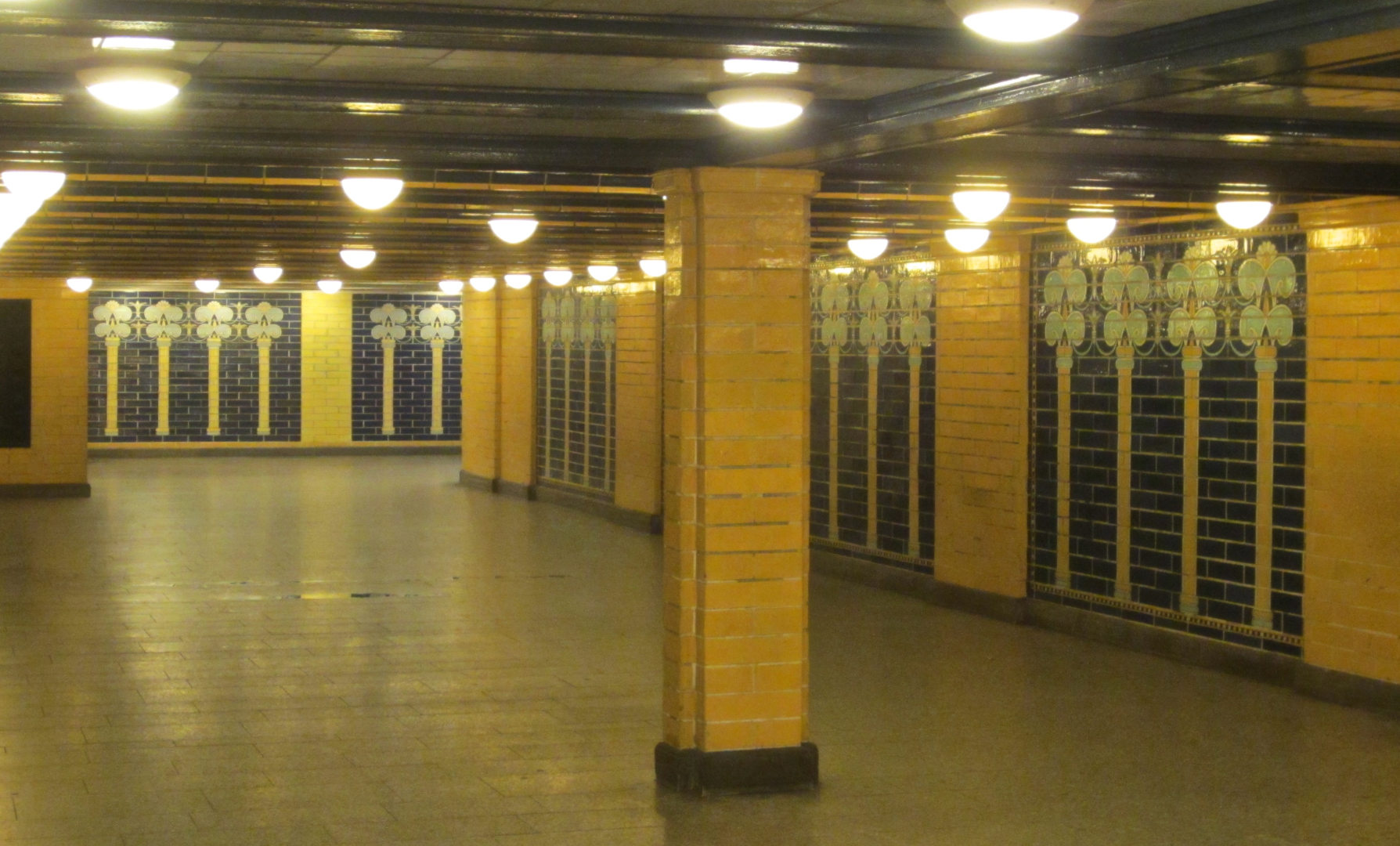
Have you seen the Ishtar Gate too? Let us know your thoughts here in the Comments section, or come visit us on Instagram – we’ll see you there!



